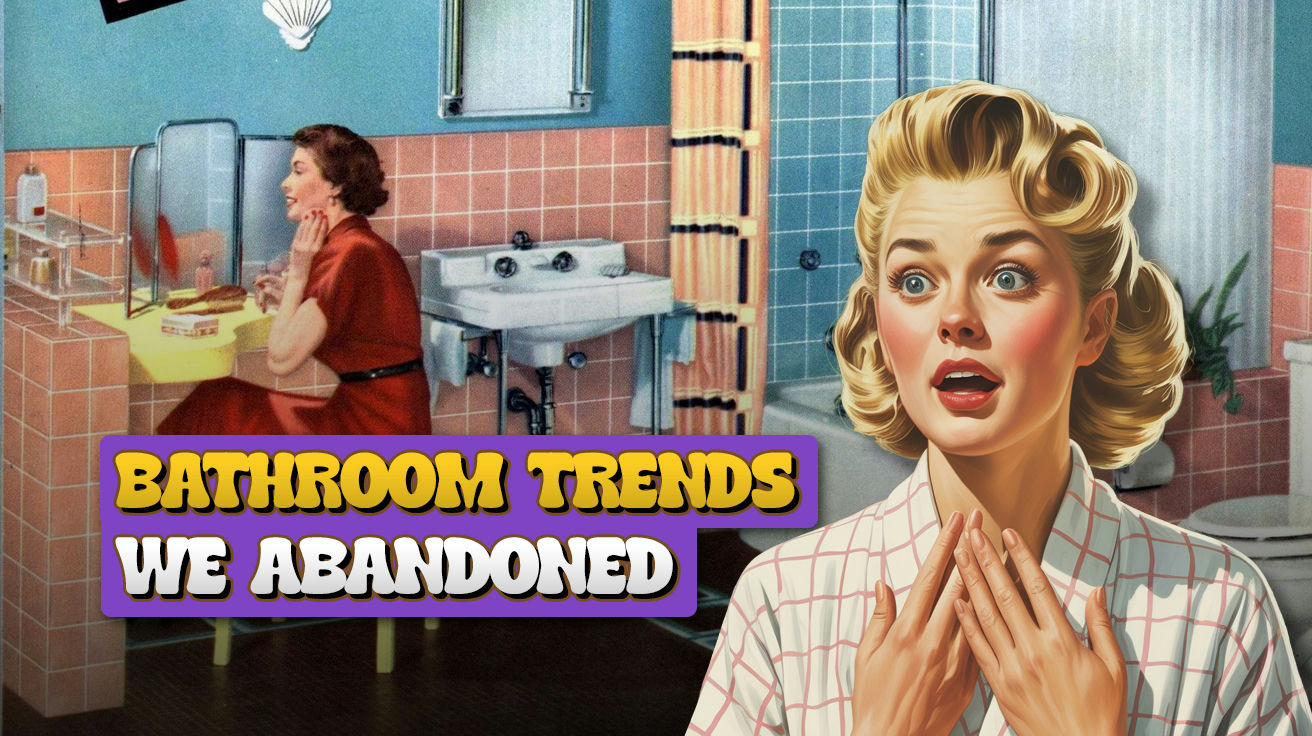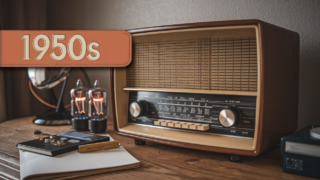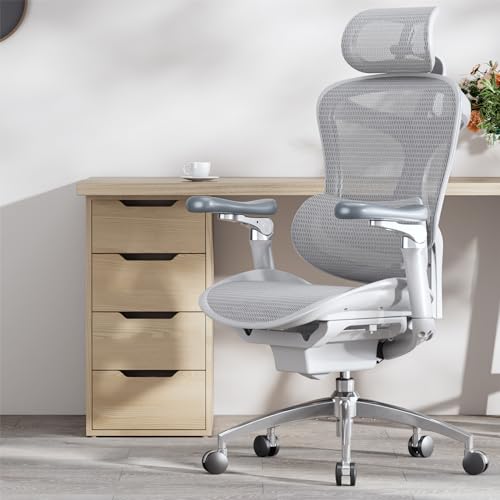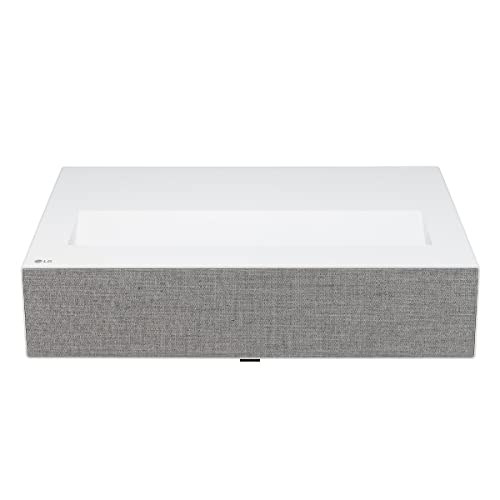The humble bathroom tells America’s hidden story. Behind closed doors, these private spaces have tracked our cultural evolution with more honesty than almost any other room in the house. What we flush, what we keep, and how we decorate reveals economic realities, status anxieties, and technological shifts that history books often miss.
Homebuilders tear out pink toilets and contractors stack discarded cast iron in dumpsters. These are more than just outdated fixtures – they’re archaeological evidence of how Americans have viewed cleanliness, status, and technological progress. Like watching all six Rocky movies, examining this timeline reveals our collective hopes and spectacular failures.
14. Freestanding Medicine Cabinets: Privacy Before the Digital Age

Medicine cabinets served as America’s original password-protected storage. These wooden or metal boxes protected personal health information and intimate products from casual observation. Smartphones now hide behind fingerprint authentication, while these cabinets used physical keys and strategically placed mirrors to discourage snooping.
The evolution from freestanding to built-in cabinets parallels shifts in American privacy concepts. As bathrooms moved from shared to personal spaces, storage became architectural rather than furniture-based. Mrs. Peterson’s 1925 cabinet with secret compartments represented adaptability that later generations sacrificed for streamlined permanence. Today’s return to freestanding storage options reflects renewed interest in furniture-quality bathroom pieces.
13. Victorian Tiles: Status Through Sanitization
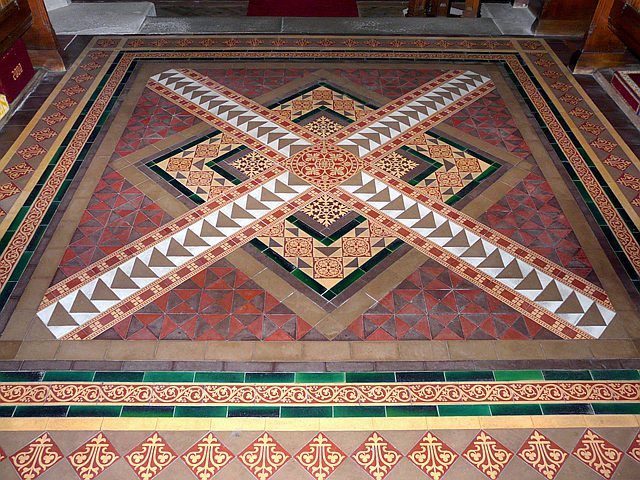
Victorian tiles worked as social propaganda. Black and white checkered patterns that covered bathroom floors delivered a powerful message: cleanliness had become attainable for ordinary people. These durable ceramic statements democratized sanitation while creating clear visual separation from outdoor spaces.
The manufacturing capabilities paralleled America’s industrial explosion. Mass-produced yet detail-oriented, these tiles functioned as ceramic billboards advertising a household’s commitment to modern standards. When designers reinstall these patterns today, they participate in a 150-year tradition where bathroom floors serve as personal declarations of values. The recent revival speaks about our relationship with authenticity – rediscovering what technology made possible before fashion abandoned it.
12. Radiators: Industrial Revolution Meets Personal Comfort
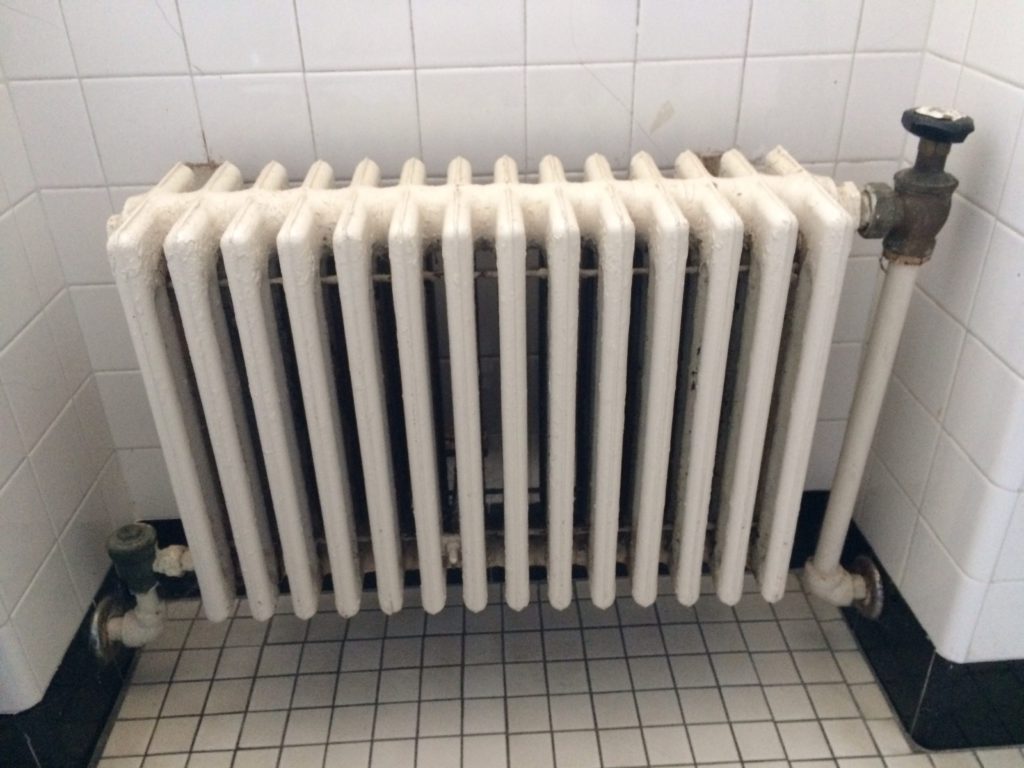
Cast iron radiators brought factory aesthetics into intimate domestic spaces. These heavy units transformed winter bathroom experiences from frigid endurance tests into comfortable rituals. Stephen Gold’s 1854 innovation connected homes to technological networks previously limited to commercial buildings, democratizing warmth through industrial design.
The radiator’s exposed mechanics stood in stark contrast to modern heating systems. Like steampunk artifacts, these fixtures displayed their function proudly. The Victorian comfort with visible technology differs from contemporary preferences for hidden systems. When homeowners restore vintage radiators, they make statements about technological transparency – celebrating the mechanisms that make modern life possible. These open-source heating solutions provide clarity in a world of black-box algorithms.
11. Carpet Flooring: America’s Greatest Bathroom Blunder

Bathroom carpet represents the gold medal in design mistakes. During the 1960s and 1970s, Americans installed wall-to-wall carpet in millions of bathrooms, creating perfect mold habitats. This trend arose from a nationwide obsession with comfort that ignored basic facts about water and fabric interaction.
The results proved disastrous across America. Mrs. Evans spent hours scrubbing stains that never came out, fighting biology with cleaning products. This widespread design failure shows how marketing overcame practical knowledge – manufacturers convinced homeowners that barefoot comfort outweighed moisture damage. Future archaeologists studying American civilization might rank bathroom carpet among our most puzzling cultural artifacts, alongside plastic flamingos and spray cheese.
10. Pull-Chain Toilets: America’s First Tech Disruption

Alexander Cumming’s 1775 toilet patent represents America’s original disruptive technology. This unglamorous innovation fundamentally changed how Americans lived. The high-mounted cistern with its chain mechanism solved public health crises that plagued cities for centuries, creating a domestic revolution as transformative as any modern technology.
The physics worked like a primitive launch sequence – gravity-fed water created sufficient force to remove waste through early plumbing. What seems quaint today represented cutting-edge engineering that saved countless lives. When these fixtures disappeared, we lost visible evidence of how technological solutions reshape society. Today’s toilet innovation happens invisibly inside porcelain tanks, unlike these historical pieces that displayed mechanisms with Victorian confidence.
9. Vintage Lighting: Illuminating America’s Electrical Transformation

Bathroom lighting chronicles America’s electrification better than history books. The evolution from candle sconces to elaborate electrical fixtures tracks technological adoption through the most private household spaces. Early adopters displayed complex wiring and decorative bulbs as symbols of modernity, transforming basic illumination into status declarations.
Mrs. Gable’s 1935 crystal sconce didn’t just brighten her morning routine – it announced her household’s participation in America’s electrical grid expansion. Functional technology quickly developed decorative language, with fixtures becoming ornamental as electricity became commonplace. Today’s vintage lighting revival demonstrates nostalgia for times when technological progress manifested in visible forms rather than invisible systems. Restored fixtures reconnect homeowners with an era when infrastructure improvements were celebrated through decorative elements.
8. Wooden Vanities: When Bathrooms Borrowed From Living Rooms

Wooden vanities blurred the boundary between furniture and fixture. Early bathroom designers borrowed heavily from living space conventions. The resulting wooden pieces resembled sideboards or dressers rather than purpose-built bathroom elements, revealing cultural uncertainty about spaces dedicated to personal hygiene. Early bathrooms often borrowed design cues from other domestic spaces, much like antique kitchen gadgets still useful today, blending function with a sense of history.
Water-resistant woods provided protection against humidity, but their primary function was psychological – making unfamiliar bathroom activities feel connected to established domestic traditions. As Americans developed distinct bathroom cultures, materials shifted toward porcelain and composites that emphasized cleanliness. Today’s wooden vanity revival suggests interest in visual warmth rather than clinical sterility, reconnecting contemporary bathrooms with their furniture-inspired origins.
7. Clawfoot Tubs: When Bathing Became Performance Art
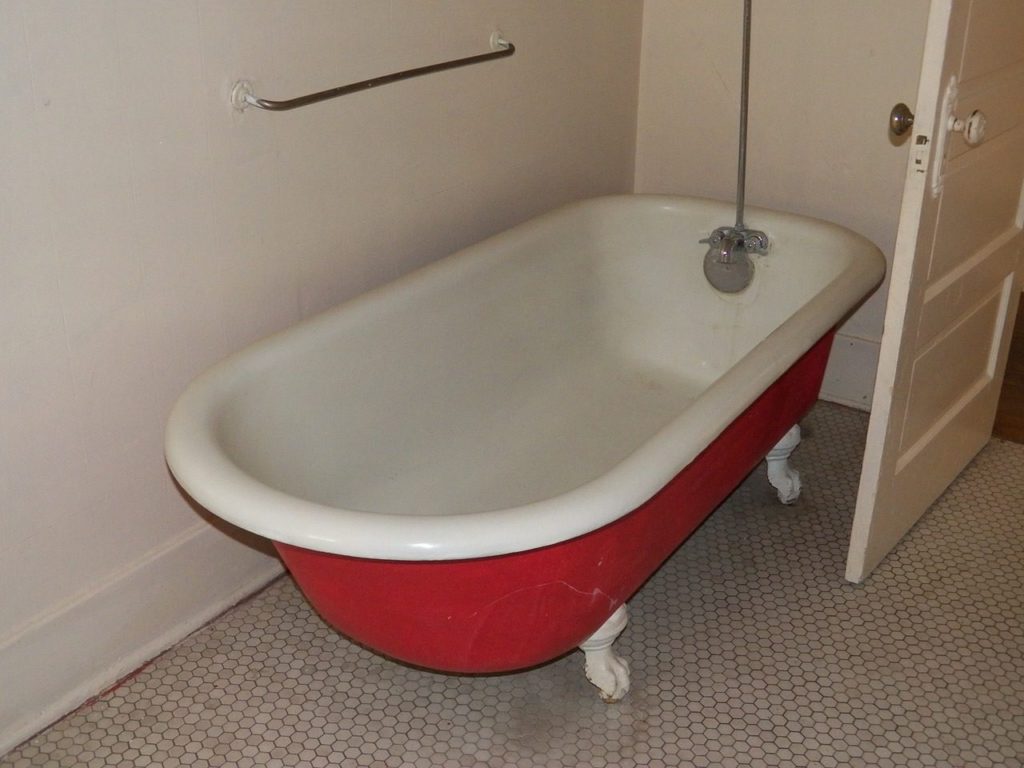
Clawfoot tubs transformed bathing. These cast iron statements elevated washing into luxury experiences for America’s expanding middle class. Dutch royalty’s 18th century preference became accessible to ordinary families through industrial innovation, particularly after Scottish immigrant David Buick perfected porcelain-enameled manufacturing processes.
The Spanish Flu of 1918 changed America’s relationship with these tubs. Sanitation became essential for survival. The recessed spaces beneath decorative feet were reinterpreted as dirt-harboring danger zones. These massive fixtures gave way to streamlined built-ins that promised better hygiene through simpler cleaning. Their current resurrection in upscale bathrooms represents a statement about valuing experience – the modern clawfoot owner prioritizes leisure in their bathing ritual.
6. Razor Blade Disposal Slots: America’s Hidden History
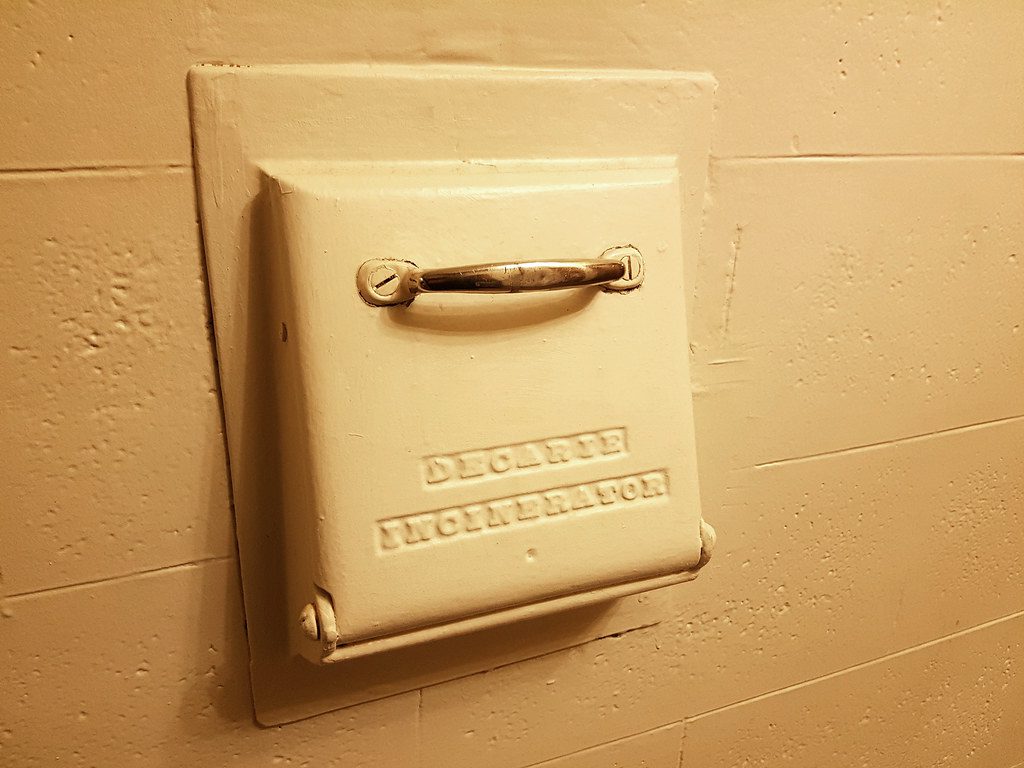
Bathroom walls across America contain secret time capsules filled with rusty razor blades. From the 1920s through the 1970s, medicine cabinets featured small slots for discarding used blades directly into wall cavities. This convenient solution created accidental archaeological sites in millions of homes, preserving daily grooming habits for future discovery. These blade repositories document ordinary life through discarded tools.
When Sarah discovers hundreds of rusted blades during renovation, she uncovers physical evidence of changing masculine identity across generations. Each blade represents a morning ritual, accumulating like tree rings marking time. This design feature demonstrates how solutions create unforeseen consequences when building practices change. Contractors approach older bathroom walls cautiously, knowing they might contain sharp surprises from decades of accumulated grooming habits – history preserved between studs.
5. Pedestal Sinks: Minimalism Before Its Time
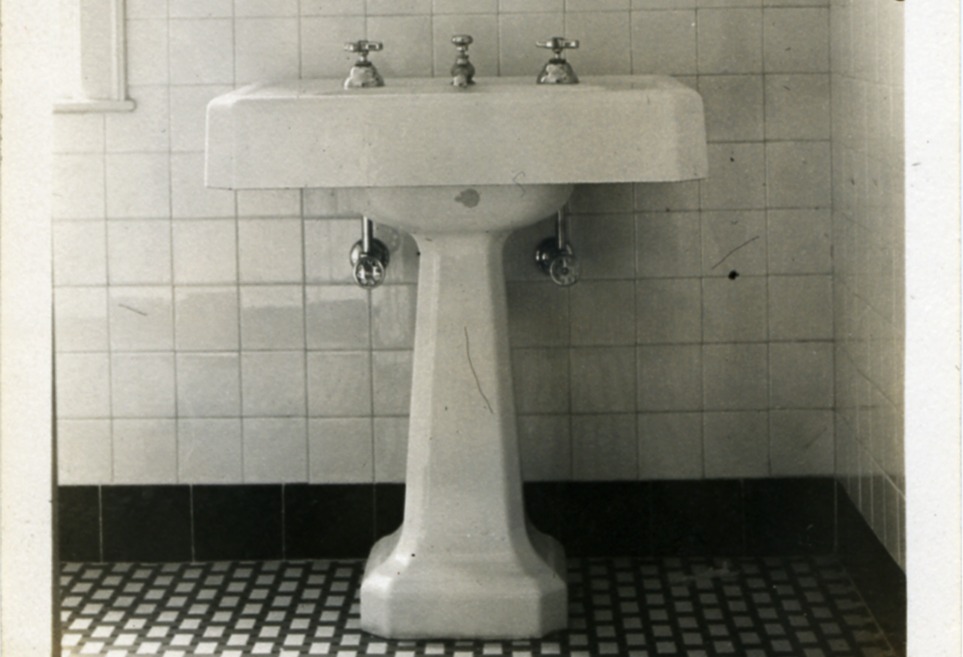
Pedestal sinks pioneered minimalism decades ago. Victorian designers created these space-efficient fixtures from necessity. Urban apartments and growing middle-class homes needed washing solutions that didn’t dominate small bathrooms. The basin balanced atop a slender column delivered function while solving spatial problems without compromising decoration.
Pedestal sinks created flow and adaptability in growing American homes. Their recent renaissance among urban dwellers responds to similar constraints – shrinking square footage in expensive housing markets. These century-old designs address modern problems, demonstrating how spatial economics recycle solutions across generations. Today’s homeowner installing a pedestal sink unconsciously acknowledges the same spatial limitations that challenged their great-grandparents.
4. Art Nouveau Wallpaper: Nature Brought Indoors
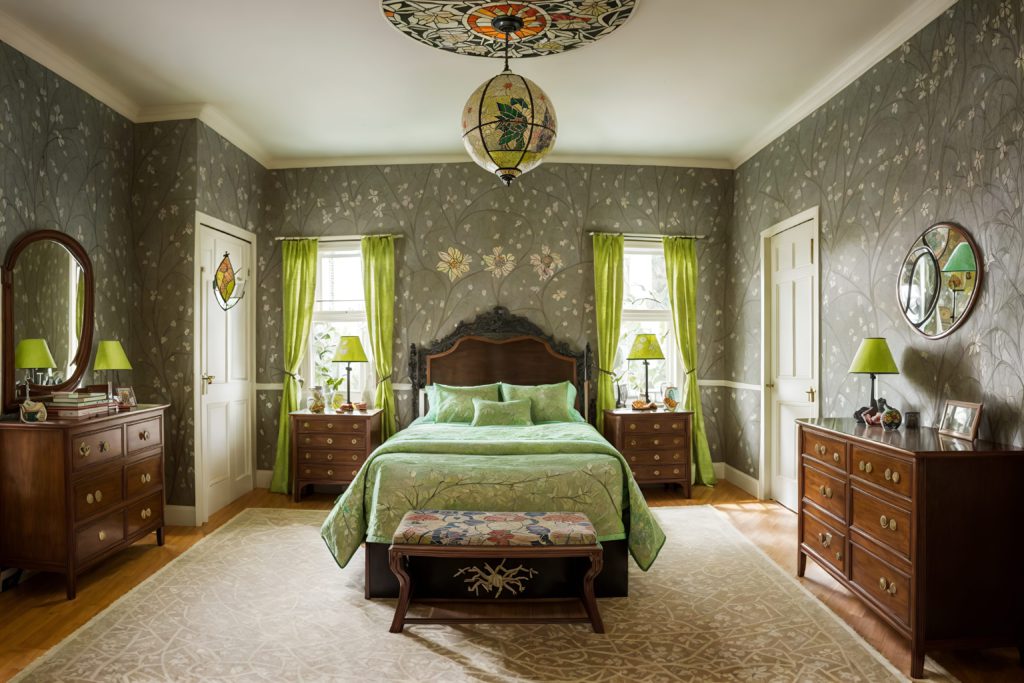
Art Nouveau wallpaper brought forests inside American bathrooms during an era of rapid industrialization. The flowing botanical patterns weren’t just decorative – they represented psychological compensation for America’s shifting relationship with nature. As concrete spread, these stylized flowers and vines provided visual connection to the natural world being replaced outside.
Paper and bathroom humidity created predictable problems. Vibrant indoor gardens transformed into peeling, mold-spotted nightmares requiring constant replacement. This design choice shows how aesthetic desires sometimes override practical considerations in domestic spaces. Modern reproductions use vinyl technologies, allowing homeowners to enjoy the visual romance without the maintenance headaches that plagued previous generations.
3. Brass Fixtures: Industrial Materials as Luxury Signals
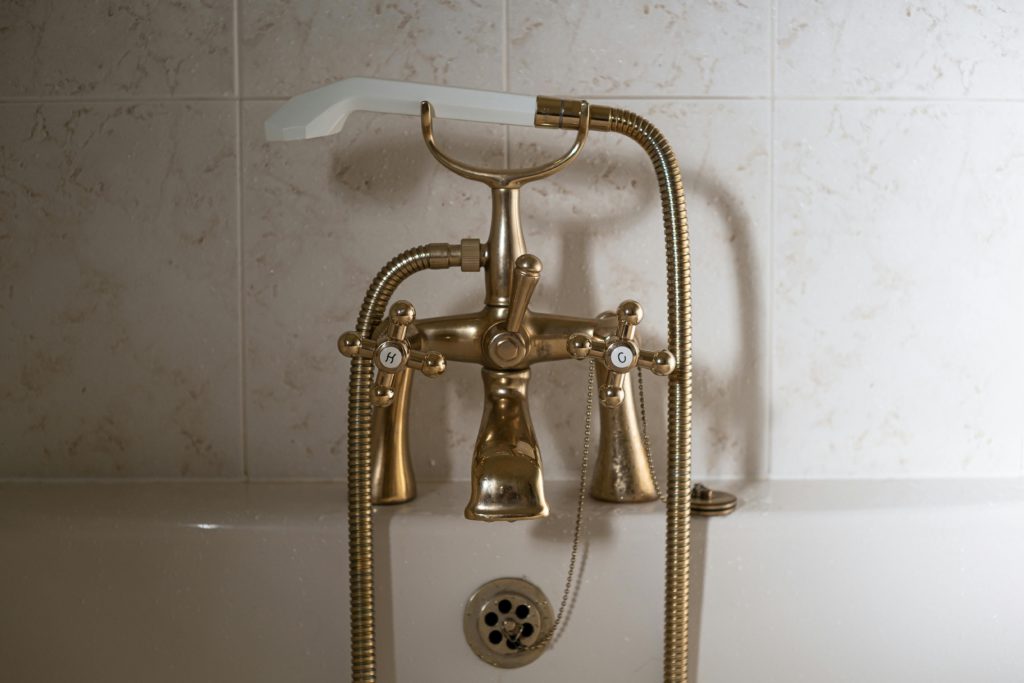
Brass fixtures elevated industrial materials into status symbols. This copper-zinc alloy, developed for machinery and ammunition, found new purpose decorating America’s private spaces. The bathroom’s adoption of brass exemplifies America’s relationship with industrialization – embracing manufacturing advances through decorative flourishes.
These fixtures achieved popularity through accessibility. While Mrs. Astor installed imported brass in her 1880s bathroom, middle-class families afforded domestic versions as manufacturing expanded. This democratization of exclusive materials characterized American consumer culture. The current brass revival demonstrates how design recycles industrial materials, finding applications for alloys that possess both practical and decorative value. Bathroom design periodically rediscovers brass for qualities that persist beyond trends.
2. Pink and Mint Green Fixtures: Color Revolution
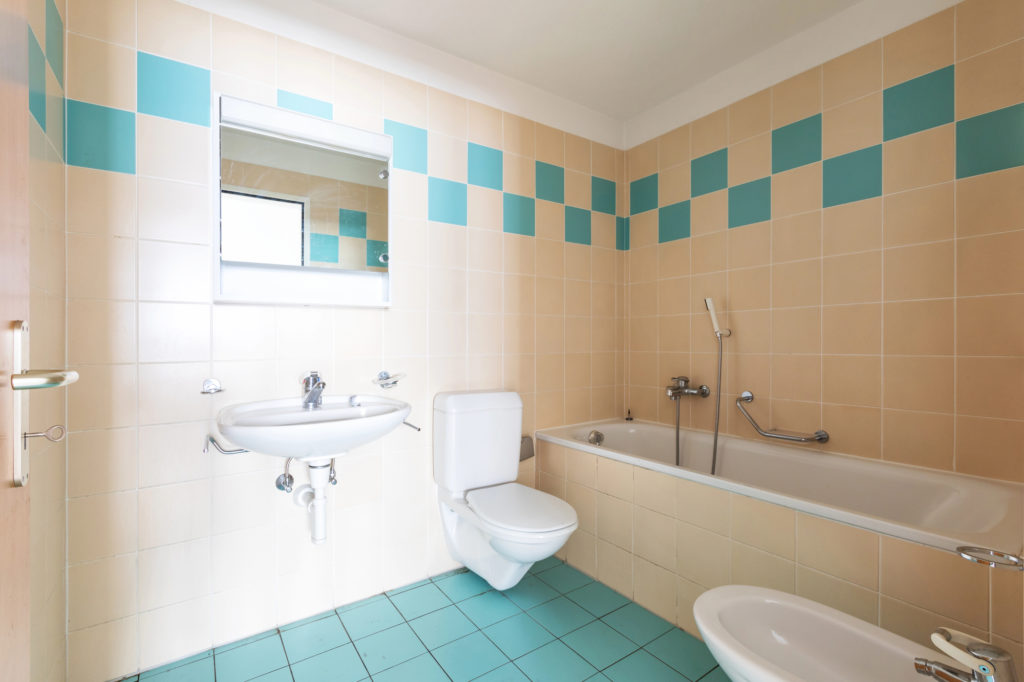
Mamie Eisenhower launched a bathroom revolution. After World War II, as suburbs exploded across America, pink and mint green fixtures transformed utilitarian spaces into statements of optimism. The Johnson family of Levittown purchased a pastel-colored promise that the future would be bright, cheerful, and distinct from Depression-era austerity.
By the 1980s, these fixtures became symbols of outdated taste. New homeowners removed them with remarkable aggression. Pastel fixtures signaled “grandma’s house” rather than “forward-thinking.” Today, these vintage pieces command premium prices from restoration specialists while young homeowners reinstall them, creating commentary on how American optimism gets recycled alongside bathroom fixtures. While pastel fixtures signaled “grandma’s house” by the 1980s, today’s homeowners are rediscovering their charm, just as they’re celebrating other iconic 80s home features that evoke nostalgia and retro flair.
1. Bathroom Greenery: Bringing Nature Inside

Bathroom plants have tracked America’s shifting relationship with nature. Homeowners brought living elements into sterile bathroom environments, creating small jungle enclaves within utilitarian spaces. These green additions addressed psychological needs for natural connection within artificial surroundings.
Plant selection reveals technological evolution. Early bathroom gardeners chose hardy specimens that tolerated inconsistent conditions. Today’s cultivators benefit from improved lighting and climate control supporting diverse options. The persistent presence of greenery across changing bathroom styles suggests fundamental human preferences – we seek living companions even in engineered spaces. This desire for natural elements within constructed environments reveals ongoing negotiation between technological progress and biological needs.

